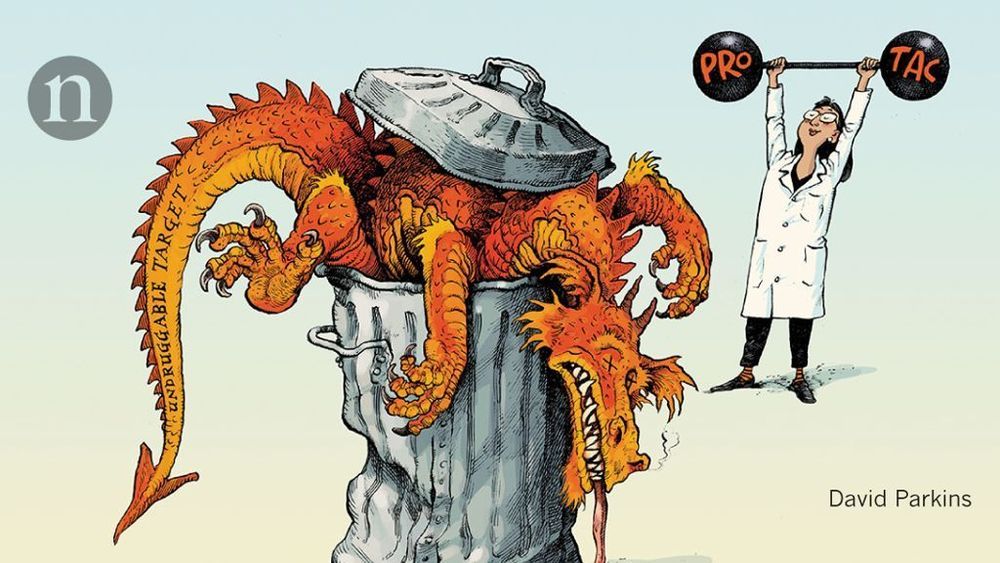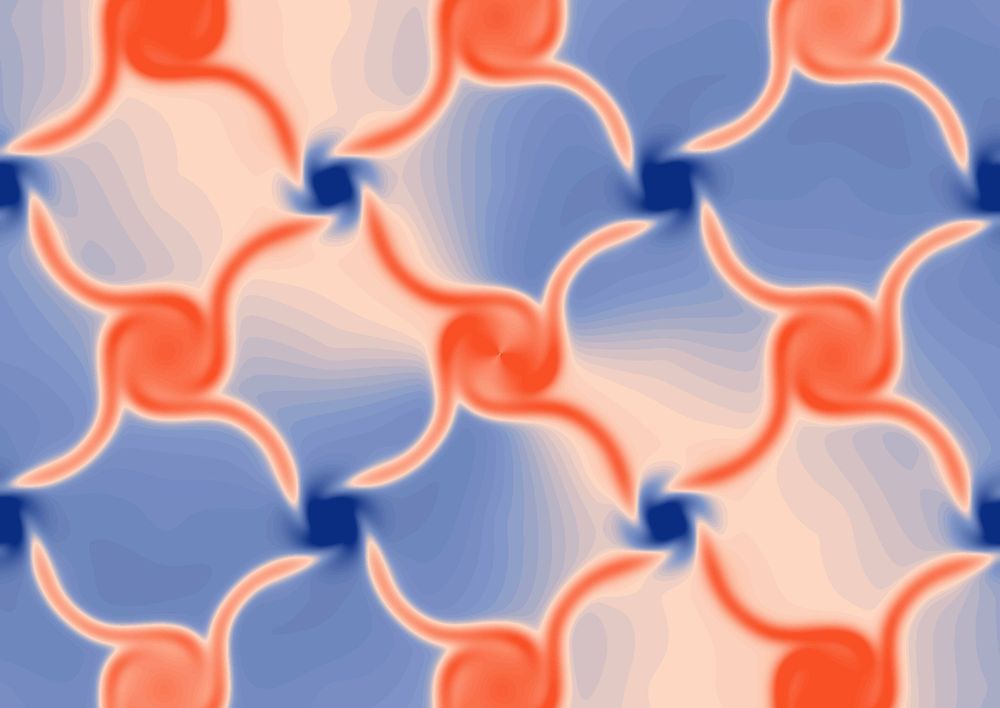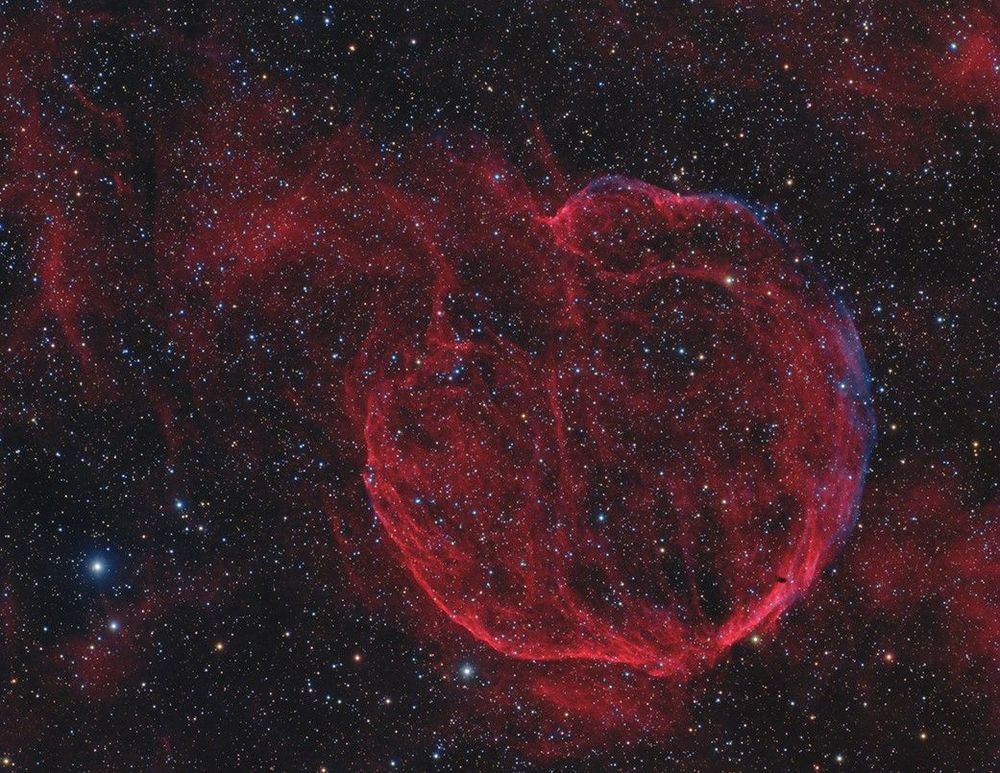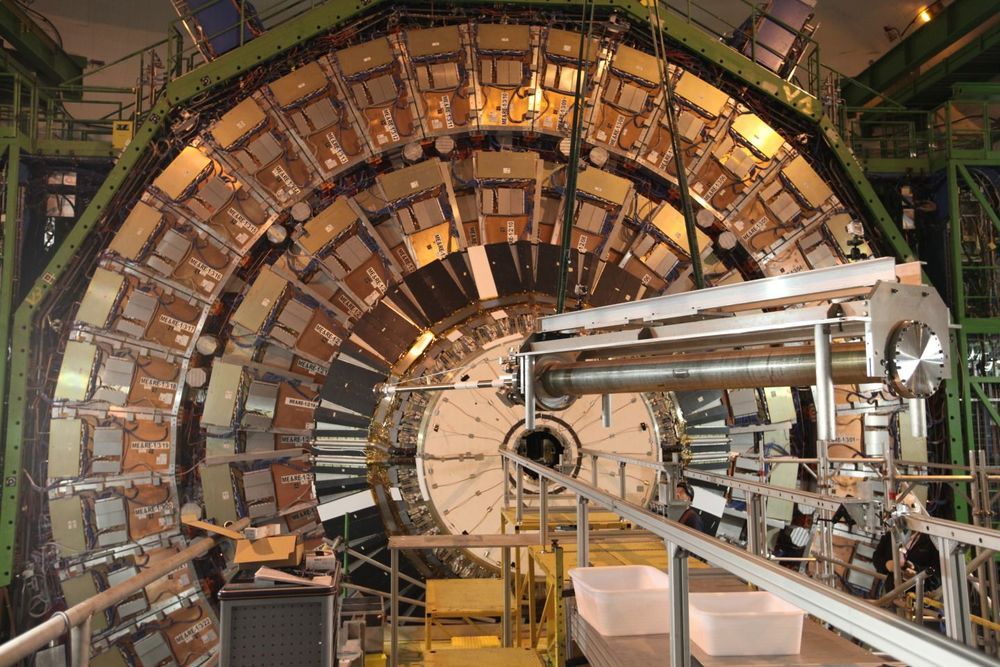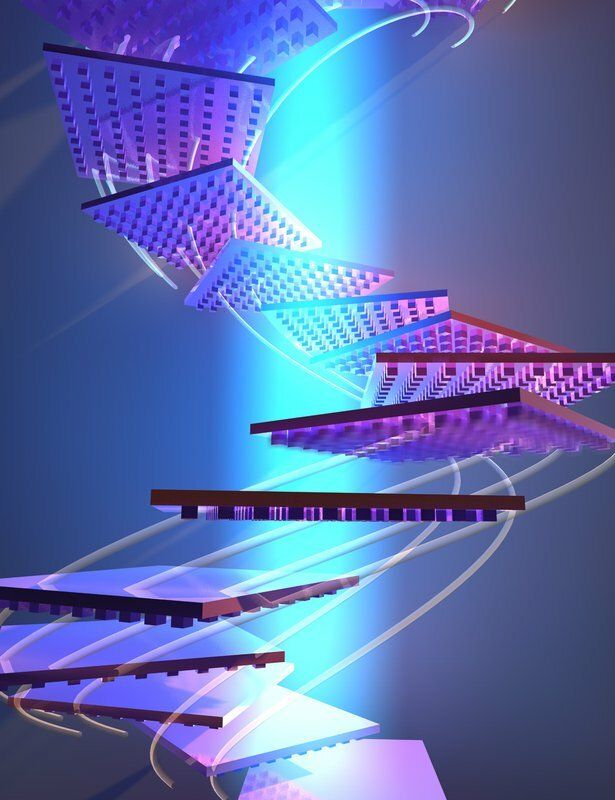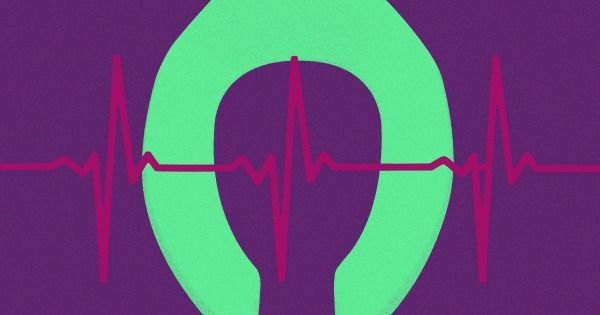Mar 21, 2019
Without Humans, A.I. Can Wreak Havoc
Posted by Derick Lee in categories: government, robotics/AI
As the World Wide Web marks its 30th birthday on Tuesday, public discourse is dominated by alarm about Big Tech, data privacy and viral disinformation. Tech executives have been called to testify before Congress, a popular campaign dissuaded Amazon from opening a second headquarters in New York and the United Kingdom is going after social media companies that it calls “digital gangsters.” Implicit in this tech-lash is nostalgia for a more innocent online era.
Let’s not let artificial intelligence put society on autopilot.

